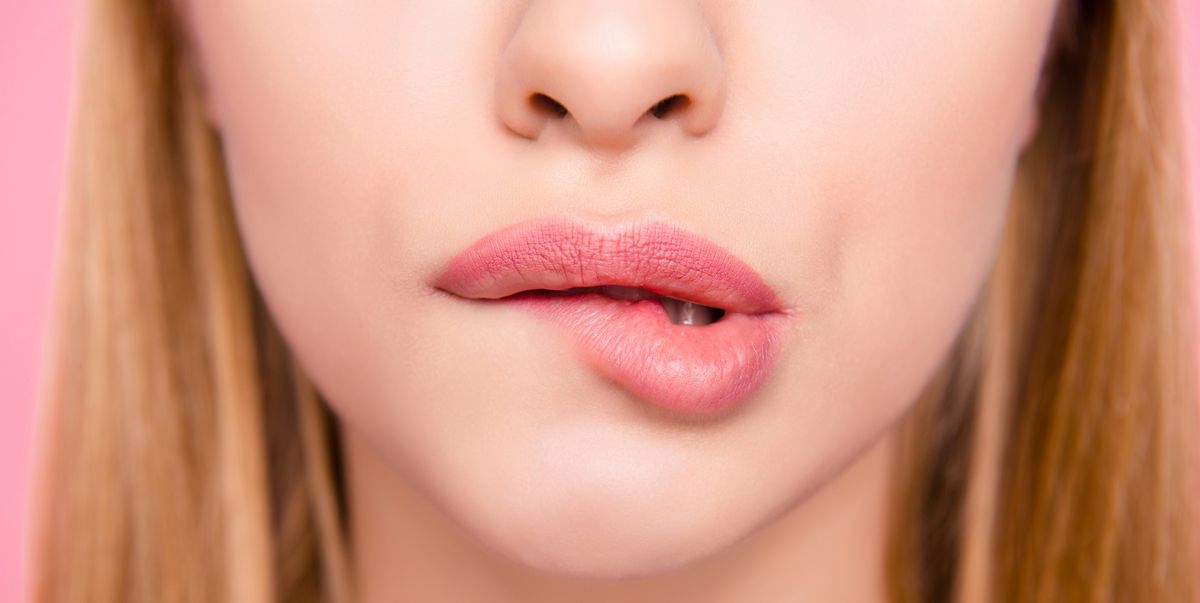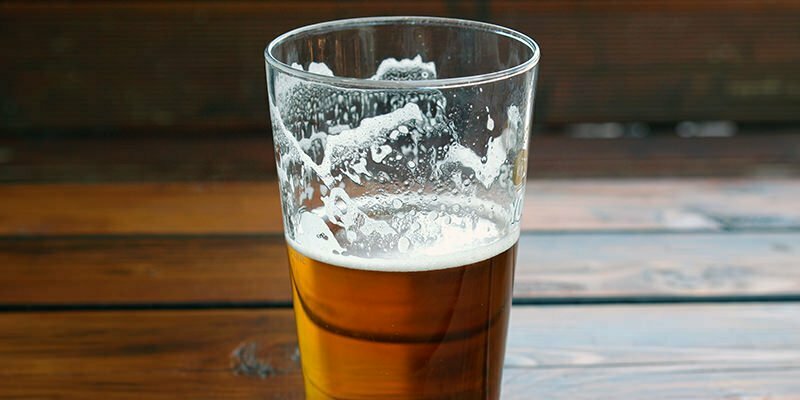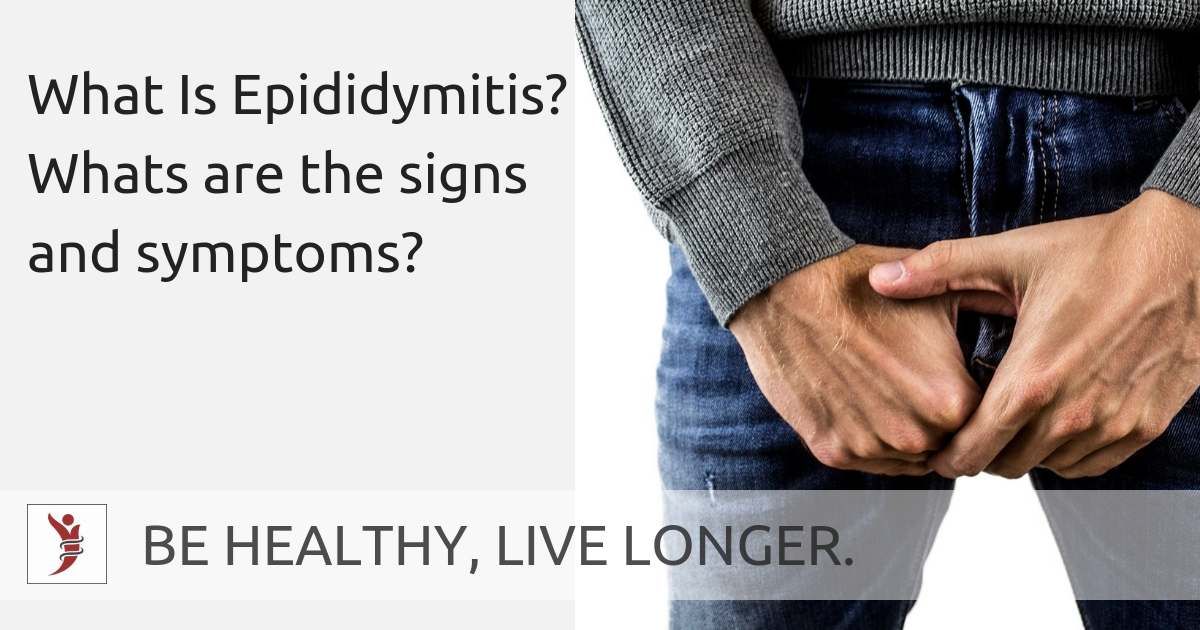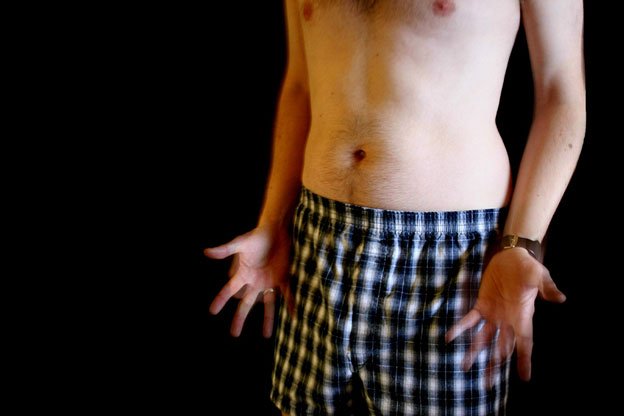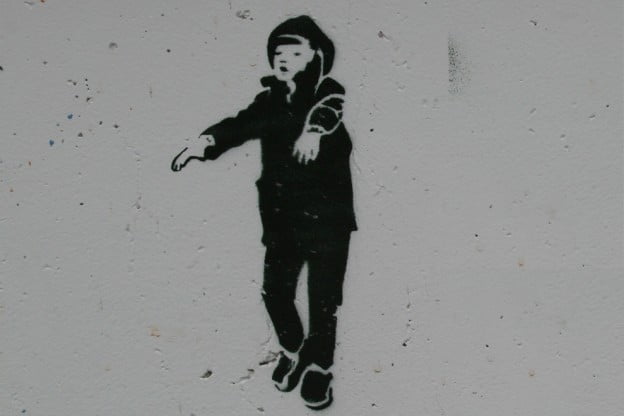Sexual Health
So-Called “Desire Drug” Filbanserin Considered for FDA Approval
This Friday June 18, the US Food and Drug Administration (FDA) will be considering an application from Boehringer Ingelheim (B-I), a pharmaceutical company, for its drug filbanserin.
What’s flibanserin? It’s a drug that B-I first developed as an anti-depressant but when it didn’t work as one, they explored other uses for it.
Some time later, B-I began exploring flibanserin as a possible treatment for Hypoactive Sexual Desire Disorder (HSDD), a hotly contested diagnosis for women given that desire ebbs and flows among even the most healthy and happy women and men.
Added to that is the fact that women in the US still tend to work more hours of unpaid household work than men (you know: folding laundry, cooking dinner, packing kids’ lunches) and often still contribute significantly to households’ paid work.
Plus, many women head up their own households, which can be financially stressful. You may know from first hand experience that stress from school, work, and family can take their toll on desire. Even when a woman is comfortable with her level of desire, she may feel bad or guilty because her partner wants sex more than she does.
A Tricky Issue
So yes, desire is a tricky issue in the US – and tricky is probably putting it lightly. For many women and men, desire is a delicate issue and one that is central to painful arguments, resentment or unfulfilled longing.
This is not to say that women uniformly experience less desire than men or that all women partner with men. Some women experience greater desire than their male partners and some women are in relationships with women and have their own gender dynamics related to sex and desire to negotiate.
What you need to know is that this Friday, an FDA panel will consider B-I’s application for flibanserin to be approved as an HSDD drug. This is an extremely controversial time in the fields of sex research and education. Here’s why.
Female Sexual Dysfunction and HSDD
The umbrella term, “female sexual dysfunction”, is controversial in and of itself. Some sexuality professionals feel that it was a term that was manufactured in a way that suggests that many, many women (as many as 43%) have a “sexual dysfunction” – which paved the way for drug companies to enter a so-called “race for female Viagra” (which has been chronicled in the recent film Orgasm, Inc. by Liz Canner.)
Most sex researchers I know, by the way, discount, and disagree with, this 43% figure though that’s a story for another day.
The diagnosis of HSDD is also fraught with controversy for some of the reasons listed above and more that would defy space limitations here. Suffice it to say that there are many adaptive, healthy reasons that some women and men may experience dips in desire from time to time, or in certain relationships.
We also know that desire and sexual satisfaction can be enhanced through quality sex therapy, sex education, even reading good quality sex books.
Funding and Marketing
The drug under consideration, flibanserin, has generated its own heat among some sexual health professionals because of the widespread marketing campaign that B-I has launched regarding sexual desire and dysfunction.
The campaign includes their Sex Brain Body web site and Twitter account but also includes suggestions that they funded a program about women’s sexual desire problems (and the rationale for medical treatments) that’s been running on the Discovery Channel leading up to the FDA review.
They also funded a CME activity that’s about teaching clinicians to diagnose HSDD (I should disclose here that, some time ago, I was approached by B-I to be paid to help teach clinicians in my community how to diagnose HSDD and I declined the offer.)
Aside from being an antidepressant that didn’t work as one, what is flibanserin? And does it work?
Safety and Efficacy
Well, having reviewed some of the publicly available data submitted to the FDA, it seems to have resulted in a greater number of “sexually satisfying events” for women in some but not all studies.
This wasn’t the case for women in a European Union study which begs the question, if HSDD has a biological basis, why did the drug have an effect in satisfying events in the US but not in the EU?
Also, the increase in sexually satisfying events is pretty small – on average, women on flibanserin had only about 0.8 more satisfying sexual events in a given month compared to women in the placebo condition.
As a sex educator, I’ve heard from many students that they have better sex because of information learned in my class or in my book. A doctoral student at Indiana University recently conducted a small but interesting study of students in human sexuality classes and found that, across several instructors, students often reported better sexual communication and enhanced sexual lives after taking a human sexuality class.
Certainly we sex educators can produce at least 0.8 more satisfying sexual events, too? Plus, we don’t even come with side effects! Maybe we should better market sex education?!?!
That said, flibanserin did not seem to have much of an effect on women’s daily reports of sexual desire. This might seem like a problem for a company that is trying to get approval for a drug intended to treat a so-called “desire disorder”. Then again, it may also mean that there are issues with the way that desire was assessed. More information is needed on this topic.
There are also concerns that flibanserin was not adequately tested among Black, Asian or Hispanic women. In their own words, B-I states in their report that the numbers of these women were “too small to draw meaningful conclusions between placebo and flibanserin 100mg.”
So does that mean that flibanserin is mainly a drug for white women in the US?
There’s also the dosing and side effect issue. To get an effect, women had to take the drug for several weeks – it’s not like Viagra that can be taken about an hour before a man wants to have sex.
Flibanserin requires ongoing adherence to the medication. And there’s no real long term safety data on the drug so it’s unclear what long term side effects, if any, there may be.
However, in the near term, about 10-12% of women experience each of several side effects including nausea, dizziness and somnolescence (sleepiness).
Of course, most prescription drugs have side effects and patients need to be able to understand their options and make an informed choice.
Some people who are against the drug’s approval have cited concerns about men mis-using the drug to “dope” women at parties. I am not (personally) particularly concerned about this. Might some do that? Yes, although that already happens with a variety of substances. However, since daily use is needed for flibanserin to work (that is, if it works at all), sneaking this drug into a woman’s drink is unlikely to have any meaningful effect on her desire to have sex.
A Historic Time
This truly is an interesting, historical time – whether or not flibanserin gets approved.
If it does not get approved, it will only be a matter of time before another drug company applies to have their drug considered and/or before B-I files another application for re-consideration (it was only a few years ago that the testosterone patch, Intrinsa, was denied approval by the FDA). If flibanserin does get approved, then their marketing campaign is already in full force and we will see what a post-“female Viagra” world looks like.
There will be new challenges for sex educators and healthcare providers in sexual medicine to make sure that women know about any potential benefits and risks of such a medication, and that they properly screen women for other issues such as lifestyle behaviors and relationship concerns that may be impairing their desire and that cannot be addressed by a pill.




